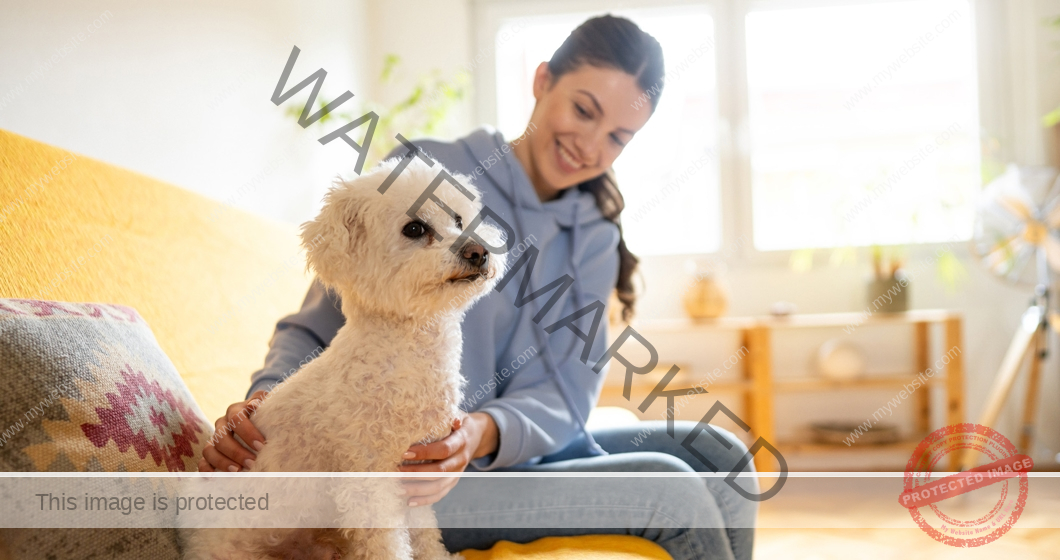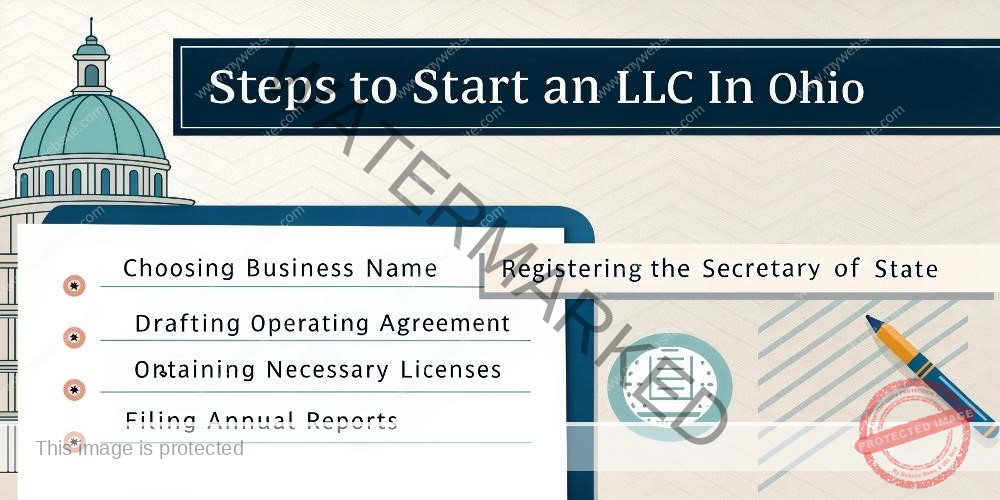Understanding the Role of a Pet Sitter
Pet sitting is more than just feeding and walking pets; it involves providing comprehensive care for animals in the absence of their owners. This responsibility includes understanding the unique needs of each pet, ensuring their safety, and maintaining their well-being.
Daily Responsibilities
– Feeding: Ensuring pets receive balanced meals at scheduled times.
– Exercise: Providing adequate physical activities such as walks or playtime.
– Grooming: Basic grooming tasks like brushing fur or cleaning litter boxes.
– Health Monitoring: Observing for signs of illness or distress.
Types of Pets
The role may vary depending on the type of animals you are caring for, ranging from cats and dogs to birds, reptiles, or exotic pets. Each species has specific needs that must be understood to provide appropriate care.
Essential Skills and Qualifications
Being a successful pet sitter requires a combination of skills, qualifications, and personal attributes.
Skills Required
– Animal Behavior Knowledge: Understanding animal body language and behaviors is crucial for ensuring safety.
– Time Management: Ability to manage multiple clients’ schedules effectively.
– Problem-Solving: Quick thinking to handle unexpected situations.
– Physical Fitness: The job can be physically demanding, particularly when handling large or energetic animals.
Recommended Qualifications
While not always mandatory, certifications from reputable organizations such as Pet Sitters International or the National Association of Professional Pet Sitters can enhance credibility. First aid training for pets is also highly recommended.
Legal Considerations and Professional Liability
Understanding the legal framework within which you operate is crucial to protect yourself and your clients.
Licensing and Insurance
Research local regulations regarding licenses required for pet sitting businesses. Additionally, investing in Pet Sitting Insurance can protect against liabilities that might arise during services.
Contracts
Drafting clear contracts outlining your services, rates, policies, and emergency plans is essential to establish professional boundaries and expectations from the outset.
Building Trust with Pet Owners
Trust is a cornerstone of pet sitting; owners need assurance that their pets are in safe hands.
Initial Meetings
Arrange pre-service meetings to get acquainted with both the pet and the owner. Use this time to discuss specific needs, routines, and any behavioral concerns.
Testimonials and References
Gather testimonials from satisfied clients to showcase reliability, or offer references upon request to potential new clients.
Establishing a Routine and Structure
Consistency is key in maintaining a pet’s comfort during their owner’s absence.
Customizing Care Plans
Develop personalized care plans based on each pet’s habits, dietary requirements, exercise needs, and medical conditions.
Documentation
Maintain detailed records of each visit including feeding times, activities performed, bathroom breaks, and any noticeable changes in behavior or health.
Emergency Preparedness and Safety Protocols
Having robust emergency procedures can prevent minor issues from becoming crises.
Emergency Contacts
Always have a list of emergency contacts including veterinarians, local animal hospitals, and secondary contacts provided by the owner.
First Aid Kits
Carry a well-stocked first aid kit tailored for pets including items like bandages, antiseptic wipes, tweezers for tick removal, and any specific medications prescribed by a veterinarian.
Setting Competitive Rates and Policies
Understanding how to price your services competitively while ensuring they reflect your experience and offerings is vital for success.
Market Research
Conduct research on local market rates for similar services to ensure your pricing aligns with industry standards while being competitive enough to attract new clients.
Cancellation Policies
Clearly define cancellation policies to protect against last-minute changes that could affect your scheduling and income stability.
Effective Communication Strategies
Clear communication minimizes misunderstandings between you and pet owners.
Regular Updates
Provide daily updates through texts or emails including photos or videos of their pets enjoying activities under your care. This practice reassures owners about their pets’ well-being.
Feedback Mechanisms
Encourage feedback from clients after each service period to identify areas for improvement or reinforce positive aspects already appreciated by pet owners.
Tools and Resources for Success
Utilizing the right tools can streamline operations significantly enhancing efficiency.
Scheduling Software
Invest in scheduling software designed specifically for pet sitters allowing easy booking management along with automated reminders sent to clients regarding upcoming services booked with you.
GPS Tracking Apps
Using apps equipped with GPS tracking features provides transparency showing routes taken during walks reassuring clients about their pets’ safety while in transit outdoors under your supervision.
Expanding Your Pet Sitting Business
Once you’ve established yourself as a reliable pet sitter consider strategies aimed at expanding clientele base further increasing revenue opportunities available within this rewarding industry segment today!
Networking Opportunities
Attend workshops related directly towards expanding knowledge concerning best practices existing within current landscape surrounding professional-level service provision found inside broader context encompassing entire field itself!
Social Media Presence
Harness power offered via digital platforms creating engaging content highlighting success stories involving satisfied customers who’ve benefited greatly thanks due diligence exercised consistently throughout duration ongoing relationship maintained between them personally professionally alike!
Also Read : Revolutionizing Industrial Accuracy with Pipe Counting Systems and Machine Vision















